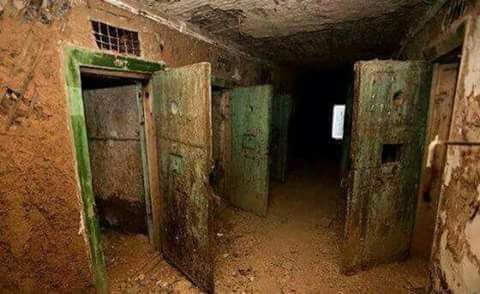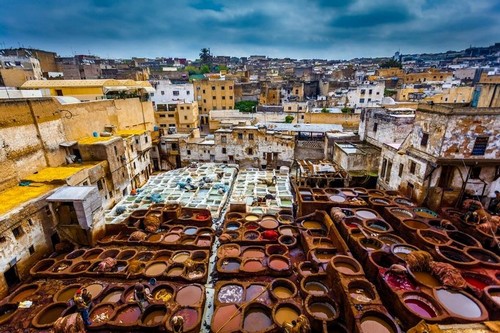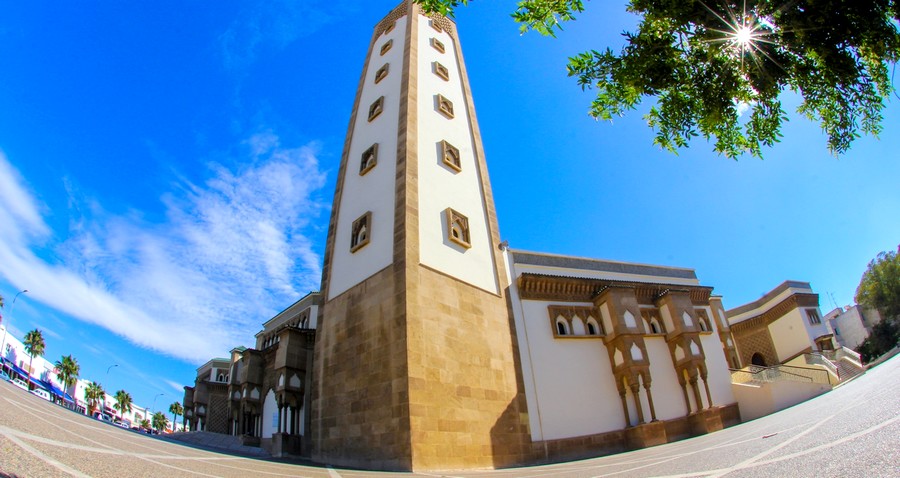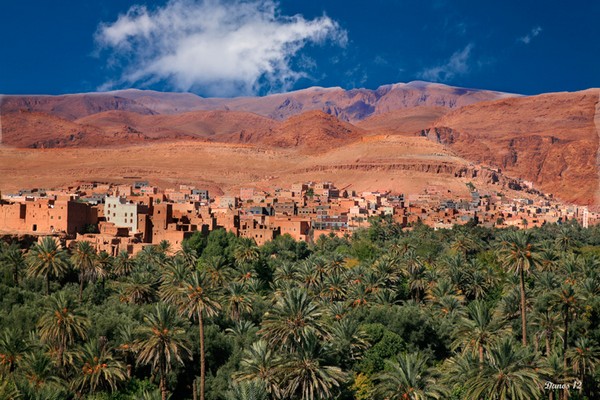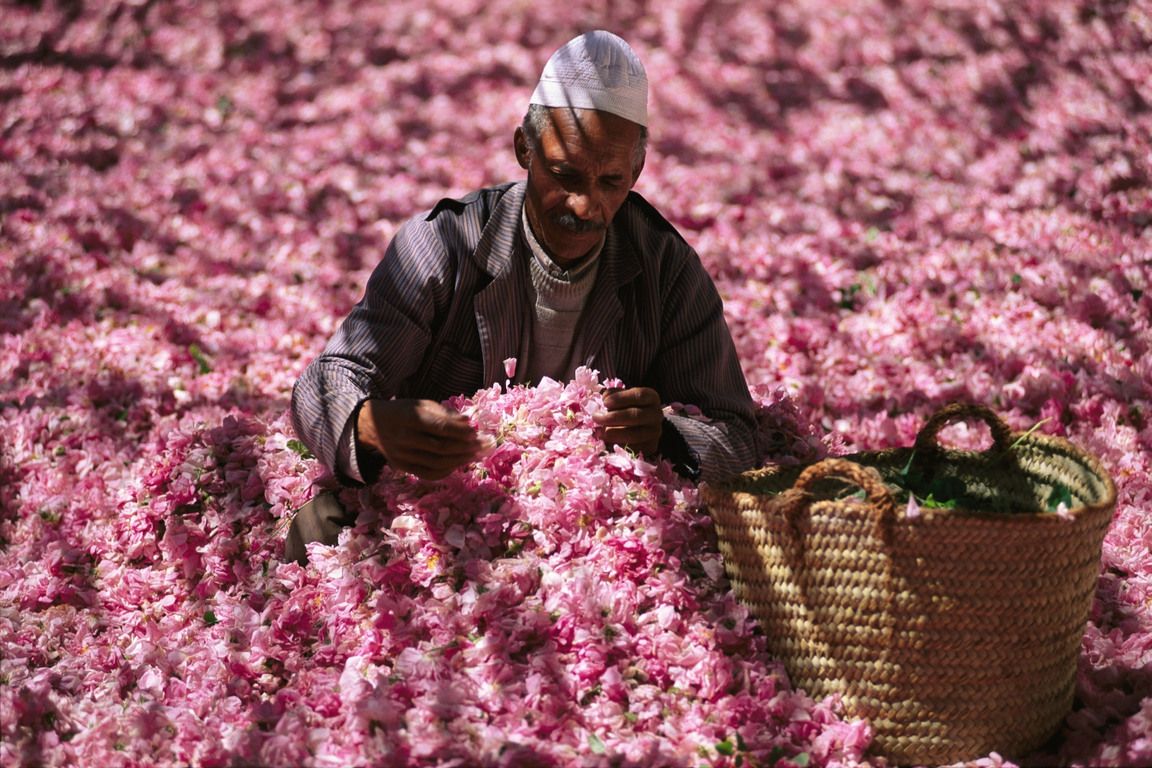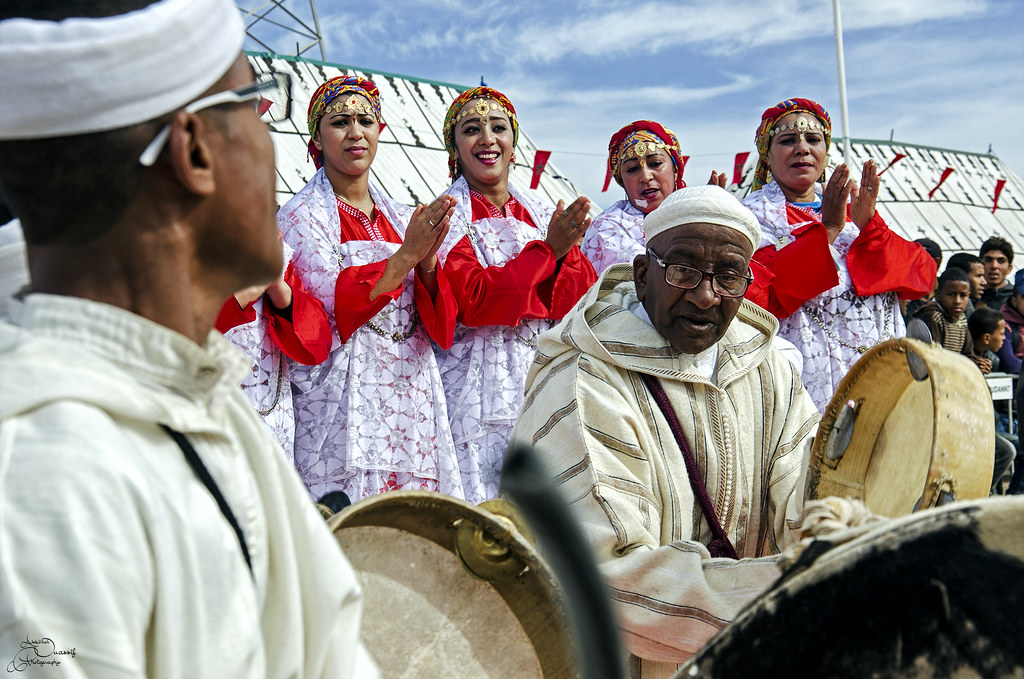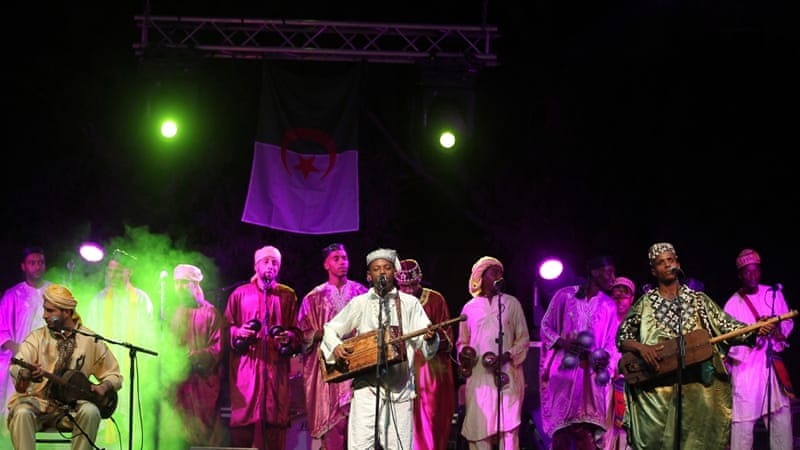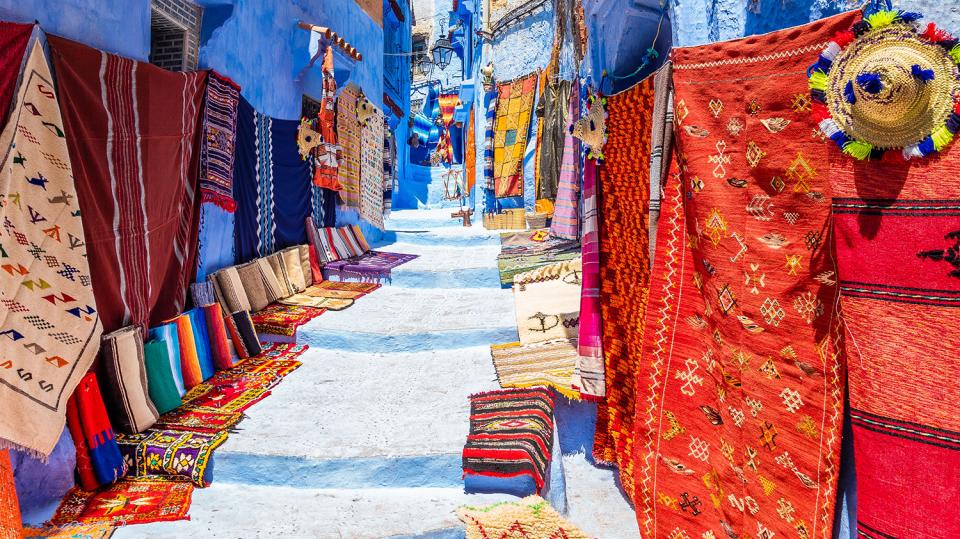The General Conference of UNESCO, at its seventeenth session in Paris on November 16, 1972, approved the convention for the protection of the world cultural and natural heritage. This agreement seeks to preserve for future generations natural and cultural certificates of universal and exceptional value. Morocco ratified this convention on October 28, 1975, was elected a member of the World Heritage Committee in 1995 and a member of the World Heritage Office in 1996. It has eight properties registered in the World Heritage List, namely:
The ancient city of Fez is registered in 1981
The city of Fez was built in the ninth century AD, and it witnessed great prosperity during the 14th century, under the rule of the Marinid dynasty, then during the 17th century. However, when France made Rabat the capital of Morocco in 1912, its political significance diminished but it preserved its religious and cultural role, which is evident clearly. In the Al-Qarawiyyin Mosque and the Andalusian Mosque located in the heart of Al-Atika city.
The ancient city of Marrakesh was registered in 1985
The city of Marrakesh was built in 1071-1072, and it was the capital of the Almoravid state and then of the Almohad state. The ancient city contains a huge number of historical monuments: the walls and its gates, the Koutoubia Mosque and its minaret, which is 77 meters from height, the tombs of the Saadians as well as the old traditional houses.
Ait Ben Haddou Palace was registered in 1987
The “palace” is a cluster of traditional buildings constructed of mud and surrounded by fences. Ait Ben Haddou Palace, with its distinguished architecture, is considered a model of traditional residence in southern Morocco.
The historical city of Meknes was registered in 1996
It was constructed in the eleventh century by the Almoravids as a military institution. After that, it became the capital of the country during the reign of Mawla Ismail (1672-1727), the founder of the Alevi State, and made it a distinguished city with a Spanish-Moresque nature surrounded by high walls interspersed with great gates, which represents a harmonious blend that combines the characteristics of Islamic architecture and European architecture in the Arab Maghreb during the seventh century ten.
The archaeological site of Louleli is registered in 1997
Volubilis was considered one of the main cities of Tangier Mauritania. It was built in the third century BC, then it became an important center during the era of the Roman Empire, where several distinguished monuments were still erected in the arms of a fertile region. After this, Volubilis became, for a short time, the capital of Idris I, the founder of the Idrisid state, and after his death he was buried in a location close to it.
The ancient city of Tetouan (ancient Tataouine) was registered in 1997
The city of Tetouan was of great importance during the Islamic period, which since the eighteenth century represented a major turning point between Morocco and Andalusia, after the occupation, it was rebuilt by the Moroccans who were expelled from Andalusia. This made Andalusian influences prominent in architecture and the arts in general. The ancient city of Tetouan is one of the smallest and most complete of the ancient Moroccan cities, as it is unique from its distance from external heritage.
The ancient city of Essaouira (old Mogador) was registered in 2001
It is considered a unique model of fortified seventeenth century cities. North Africa was constructed according to the European military engineering foundations of that era. Since its establishment, it was considered an international commercial port that links Morocco and the Sahara with Europe and the rest of the world.
The cultural space of Jemaa El-Fna Square is registered in 2001
The history of the Lafna Square dates back to the era of the founding of the city of Marrakesh in the year 1070-1071, and since that date it is considered a symbol of the city. It is the square of Fna, the beating heart of Marrakech, where it found the city center for pilgrims and visitors to visit and use as a meeting place. It includes folk tales, acrobats, musicians, dancers, animal performers and henna tattoos.
The Portuguese city of Mazagan (new) was registered in 2004
Location: Jdeideh region, Doukkala-Abda region
Date of establishment: 1514 year by the Portuguese.
Date of registration with the World Heritage List: 2004
Mazagan, the Portuguese city, is an outstanding example that embodies the mutual influences between European and Moroccan cultures. It is one of the first centers that Portuguese explorers settled in West Africa on their way to India. These effects are clearly embodied in engineering and urban planning. Mazagan is also a prime example of the Portuguese fortified cities through which Renaissance ideas and Portuguese architecture techniques are taking shape.
Tantan festival registered in 2005
Location: Tan-Tan, Guelmim-Smara Region
Date of registration as World Heritage: The Tantan season was registered with the Oral and Intangible World Heritage List by UNESCO in 2005.
The Tantan season is an annual gathering of several thousand nomads, who belong to the Moroccan and Saharan tribes that are distinguished by the diversity and richness of their cultural components. What makes this season a living testimony that deserves protection and its consideration as a verbal heritage for humanity. This season is a travel through the desert heritage and culture, and testifies to the tenacity of the inhabitants of the southern regions with their origins and traditions.
